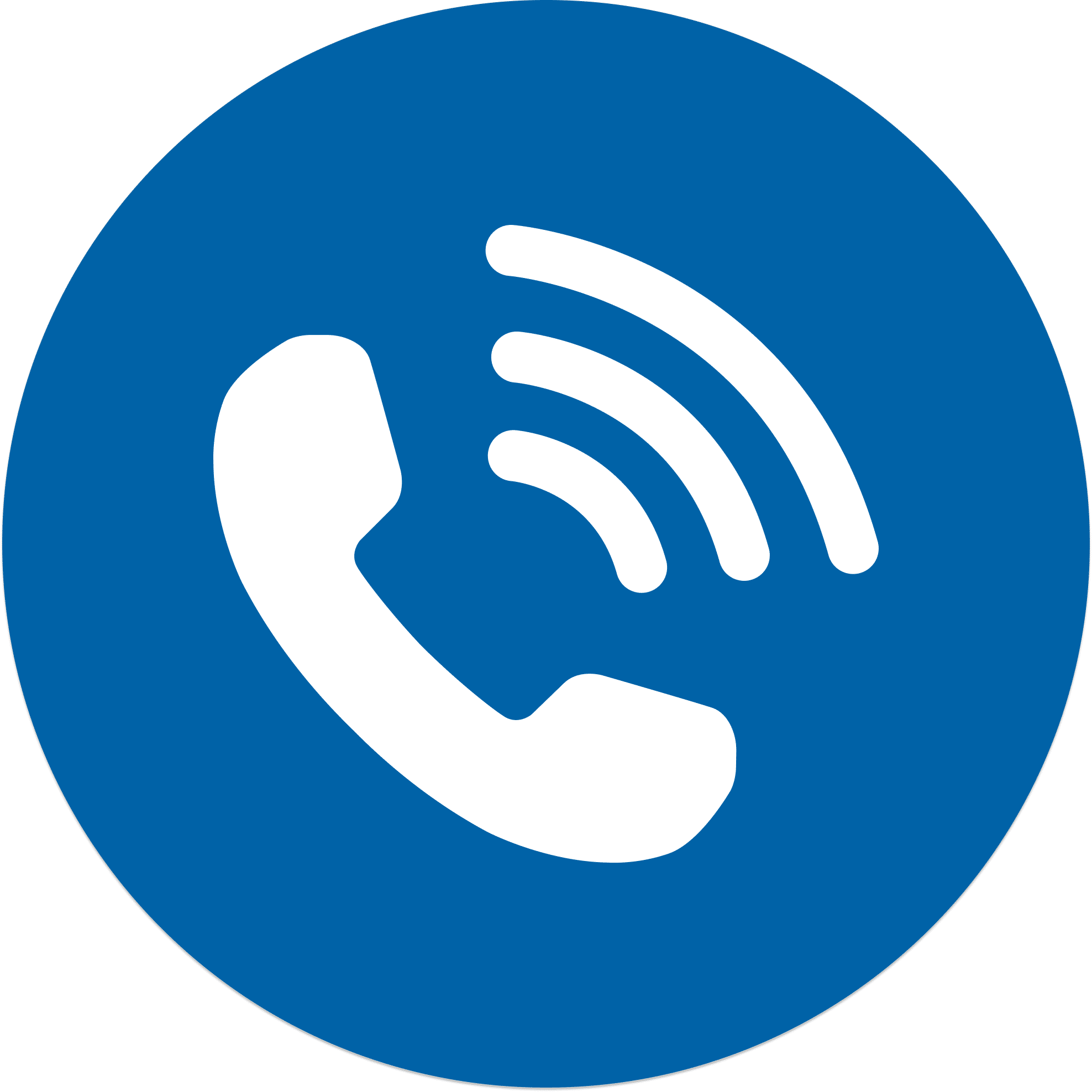
Everyone wants to look their best and today there are more ways to enhance your appearance than ever before! Your eyes are an important part of your looks, so naturally, people want to enhance their appearance. Today there are ways to enhance your eyes that can last a few hours, a few weeks, as well as permanently. Before following through with any cosmetic procedure, it is important to educate yourself on as many of the proper care instructions and potential risks or side effects as possible.
Currently, the trend of false eyelashes has emerged within the cosmetic industry of ocular aesthetics. This includes four types of eyelash trends: extensions, falsies, lifts/tints, and growth serums. With each type of enhancement comes different possible eye complications. We’ll walk you through each of them.
#1) Eyelash Extensions
Eyelash extensions involve gluing a cluster of false lashes onto your eyelashes. The most common complications that form from extensions are caused by not cleaning your eyes regularly and wearing makeup over the extensions.
Common problems include:
-
-
- • Dry Eye Symptoms
-
- • Pink Eye
-
(Conjunctivitis)
-
-
- • Eyelash Loss
(Madarosis)
-
-
- • Eyelash Mites
(Demodex)
-
-
- • Itchy, Dry Skin
(Dermatitis)
-
-
- • Eyelid Inflammation
-
-
- • Eye Gland Blockage
(Meibomian Gland Dysfunction)
#2) Eyelash Falsies
Falsies are a cluster or whole strip glued onto the eyelid margin, going over the lashes. Some of the safer falsies use magnetic strips over the eyelashes to hold the falsies on instead of adhesives, which minimizes the risk of developing eye complications.
The glue used to attach falsies onto human eyelashes are made with chemicals that can cause side effects on the skin and eyes. Possible side effects include:
-
-
- • Scratches on the eye
-
(Corneal abrasions)
-
-
- • Inflammation from chemical contact
(Keratitis)
-
- • Compensating incomplete blinks from weight of lashes
Dr. McKinnis Says: The glue has been implicated in cause or worsening meibomian gland dysfunction.
#3) Lift and Tint
Lifts involve using strong alkali chemicals to semi-permanently curl or “lift” lashes on a cylindrical rod. Tinting involves dyeing lashes using a chemical commonly found in permanent hair dyes. Unlike extensions, these processes are typically repeated every two to three months as opposed to bi-weekly.
Those who receive a lash lift/tint could develop eye irritation, so it is recommended to use a reputable beauty salon and seek care with an optometrist or ophthalmologist (not urgent care) if problems occur.
#4) Growth Serums
Some people use eyelash growth serums to grow longer, fuller-looking eyelashes. These range from over the counter serums to prescription serums. Some serums, such as Latisse, are made with prosteglandin, a main ingredient in glaucoma medication. Potential side effects associated with use of this ingredient include:
-
-
- • Eye color change
-
- • Burning or irritation
-
- • Loss of fat around the eyes
-
- • Change in shape of eyelids
-
(Prostaglandin periorbitopathy)
-
-
- • Inflammation, discharge, itching, discomfort
(Conjunctival and eyelid hyperemia)
More than a dozen over-the-counter eyelash enhancers are available today that also contain a main ingredient with similar potential side effects associated as that of the prostaglandin. Always check to see how to properly apply and clean your eyes after using anything that goes on or around your eyes to minimize the risk of developing eye complications.
Reference:
How to educate patients on risks of eyelash enhancements. https://www.optometrytimes.com/dry-eye/how-educate-patients-risks-eyelash-enhancements








